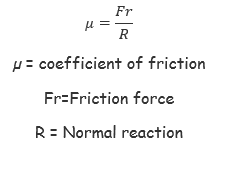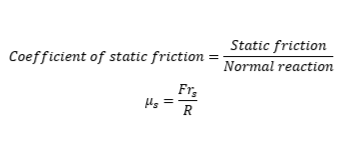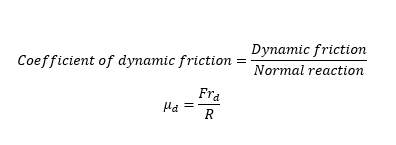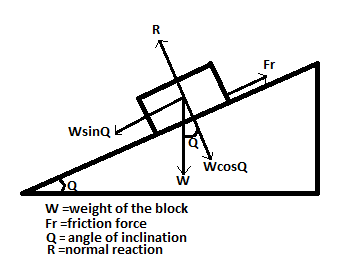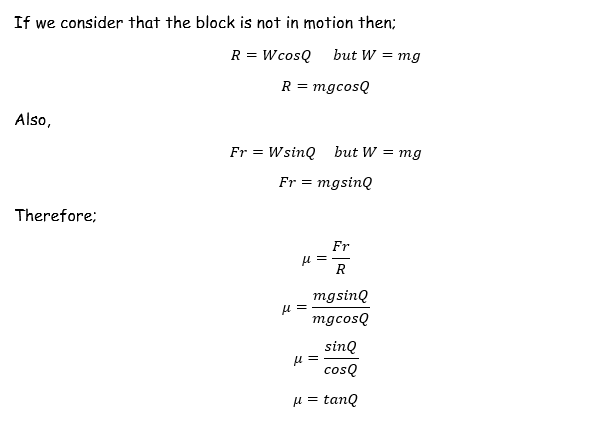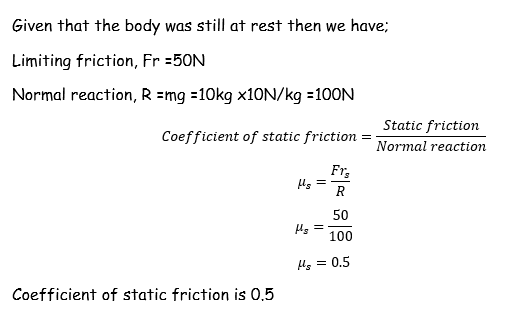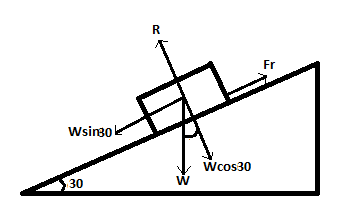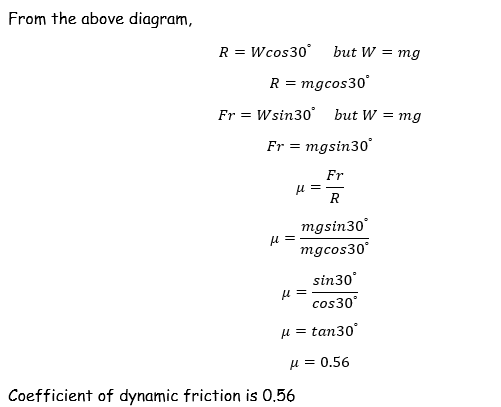JOIN US WHATSAPP
CLICK HERE
JOIN US TELEGRAM
CLICK HERE
TOPIC 2: FRICTION
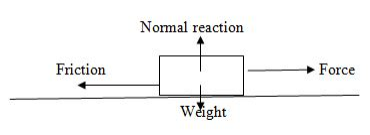
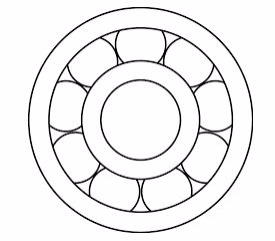
Concept of Friction
The Concept of Friction
Explain the concept for friction
Friction is the force which opposes (resists) motion of the body. For example, a person will feel a certain resistance when pulling a block of wood resting on the table. The same kind of opposition can be felt when pushing a desk along a floor. That resistance (opposition) between two surfaces in contact is what we call friction.
Friction force is always in opposite direction to the applied force. This means, for a body to move, the applied force must exceed the friction force.

Friction force between two surface in contact exists only when there is relative motion between the two contacting surface.
The friction between two surfaces exists because of the nature of the surface of the bodies in contact. The roughness of the surface is due to the fact that every surface consists of peaks and valleys.
Demonstration
The peak and valleys on the surfaces of bodies may be due to a random arrangement of coarse particles, for example the surface of a grinding stones.
Smooth surfaces exert almost no friction.
When one body is pushed against another, the peaks of one surface have to rise up over the peaks of the other surface. Hence, opposition to motion or friction occurs when the force is acting to restore the bodies to their original position.
The Advantages and Disadvantages of Friction in Daily Life
Realize the advantages and disadvantages of friction in daily life
Advantages of Friction
Thefriction force has several advantages which includes the following:
- It helps in walking process. In this process, friction force stop us from slipping over.
- It helps cars to move on roads easily due to friction between car tyres and road.Therefore, makes the car stay on road. Most car tyres have deep dreads to increase friction between the tyres and the road surface.
- It helps in car braking system. Brakes rely on friction between the brake drum or pads and the wheels. In a bicycle, there are brake pads which clamp onto the wheel to slow it down.
Disadvantages of friction
Frictional force has several dis-advantages which include the following:
- Cause machinery to heat up and can cause wear and tear.
- Cause machinery to be less efficient.
- Cause machinery to produce noise.
Methods of Reducing Friction
Describe methods of reducing friction
The methods of reducing friction between surfaces include the following:
- Polishing: Polishing the surface reduces the roughness and hence reduces friction.
- Lubrication: It provides a layer of the smooth fluid or semi fluid between surfaces in contact so that they slide over each other smoothly.
- Use of ball-bearings or rollers: Rollers help to convert sliding friction into a milder form-rolling friction. Rolling friction is lesser than sliding friction.
- Streamlining: Fast cars, boats, planes etc., have a streamlined body. This is to allow air (or water in the case of boats) to easily flow by, without offering much resistance. Flying birds have streamlined bodies.
- Use of correct combination of surfaces in contact: Use of alloys on moving and sliding parts reduces friction because alloys have a low coefficient of friction.
Rollers
- It is a simple cylinder on which a body to be pulled RESTS.
- It is used to eliminates sliding friction.
- Conveyor belts use metal rollers.

Wheels
- These arerollers that are fixed to a moving body, held in place by cylinders or axles which are threaded in their centers. Example; a trailer towed by vehicle.
- Wheels are used to eliminate sliding friction.
- They are used to reduce friction (the friction between surfaces can be reduced by smoothing and polishing the surfaces in contact).
- In order to make surfaces slippery, a lubricant such as oil or graphite is used. Oil and Grease are commonly used in vehicles and machines to reduce friction between moving parts. In engines, differential air is also an effective lubricant in machine.
Types of Friction
Laws of Friction




